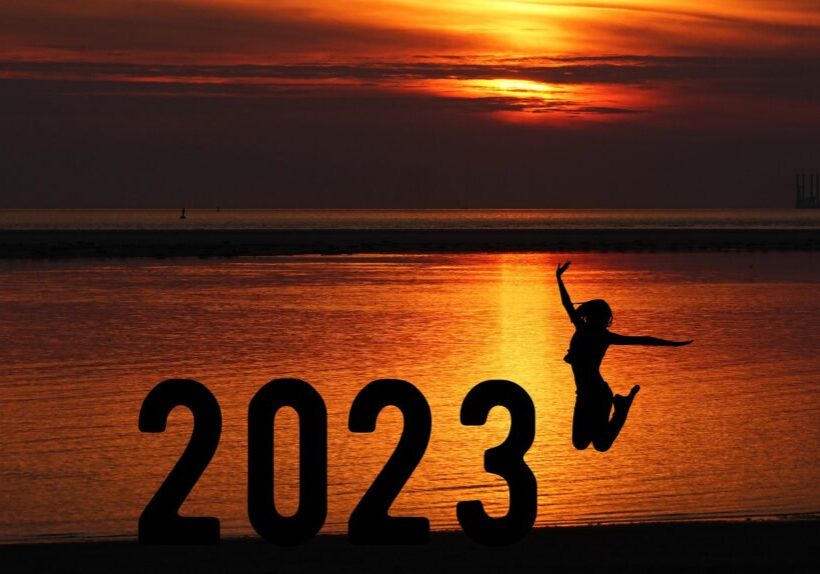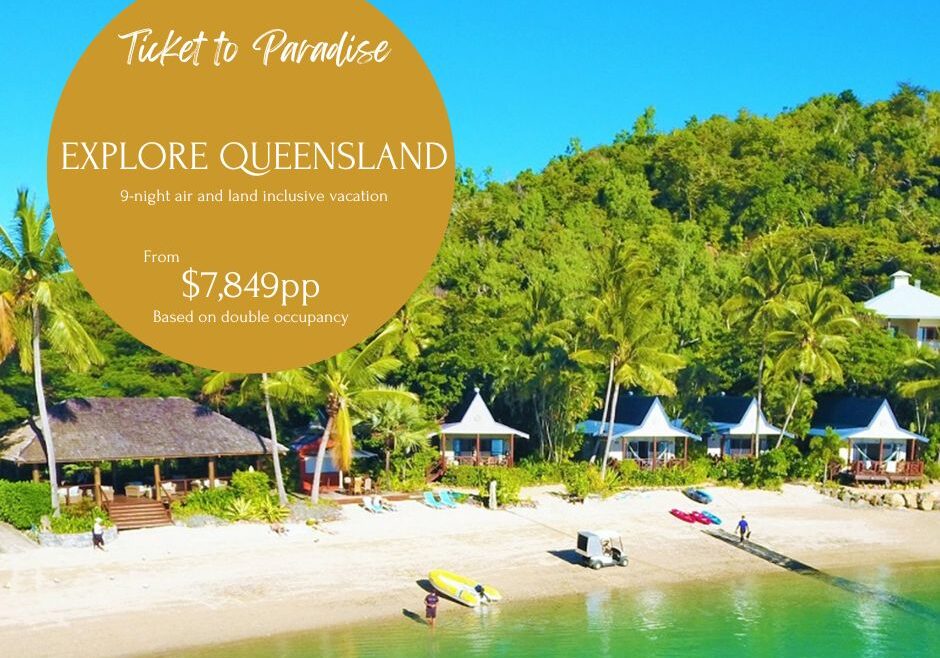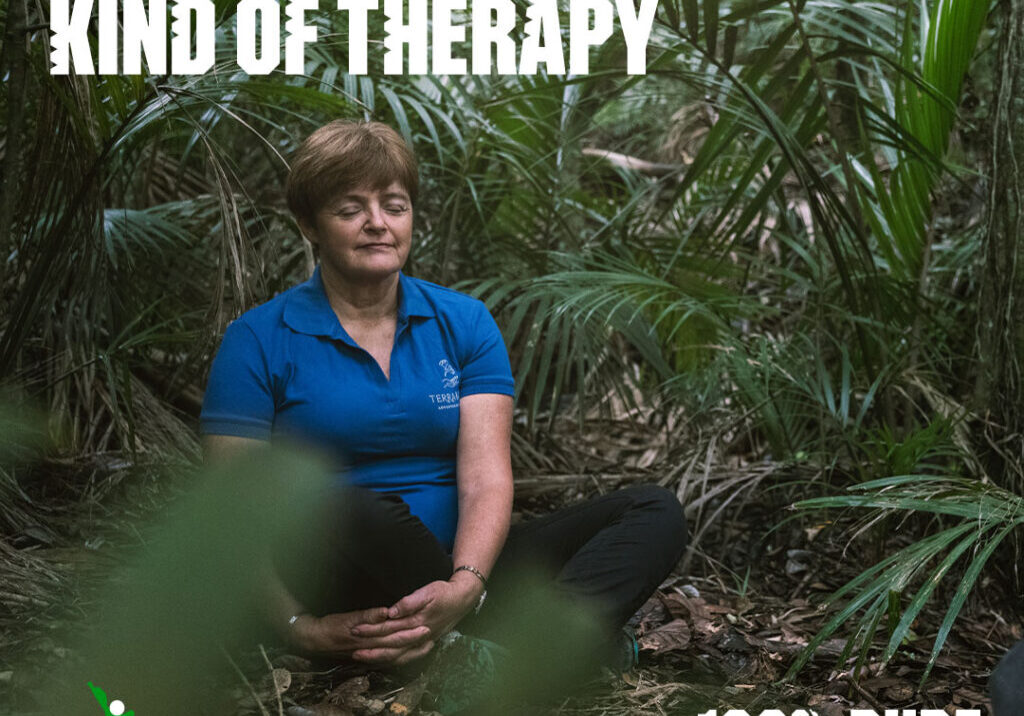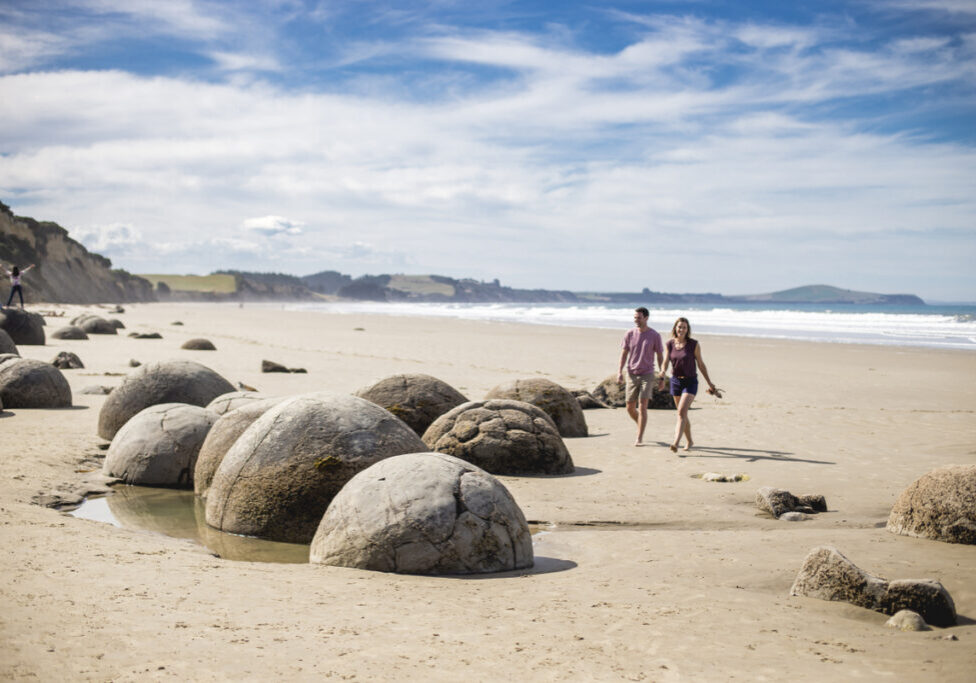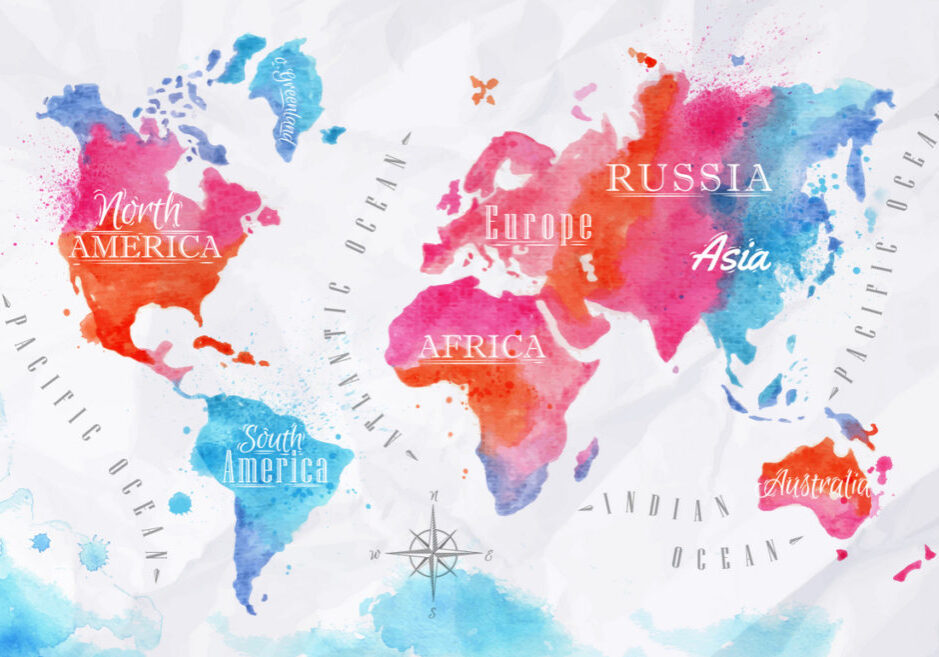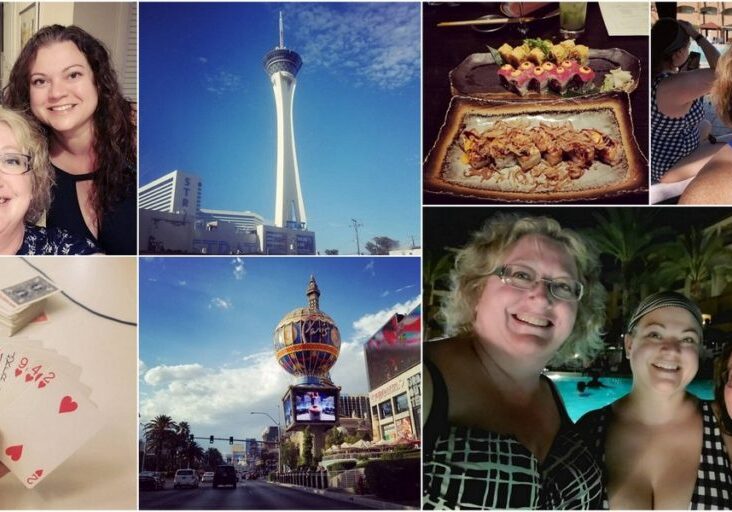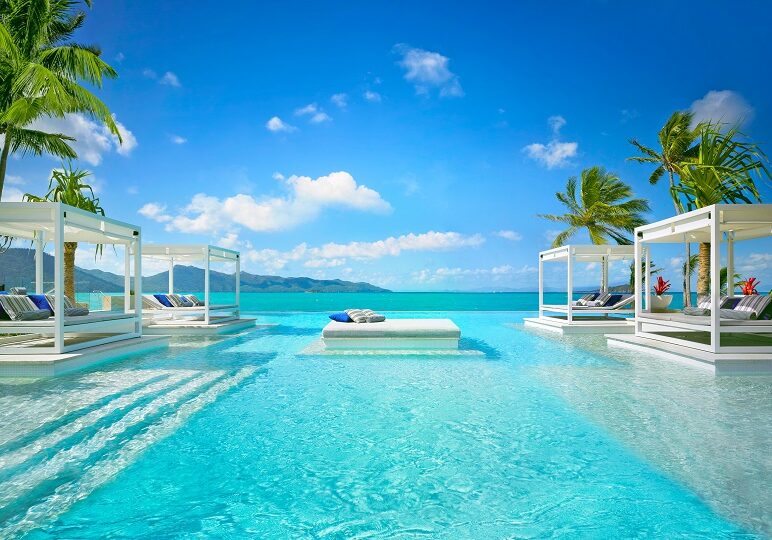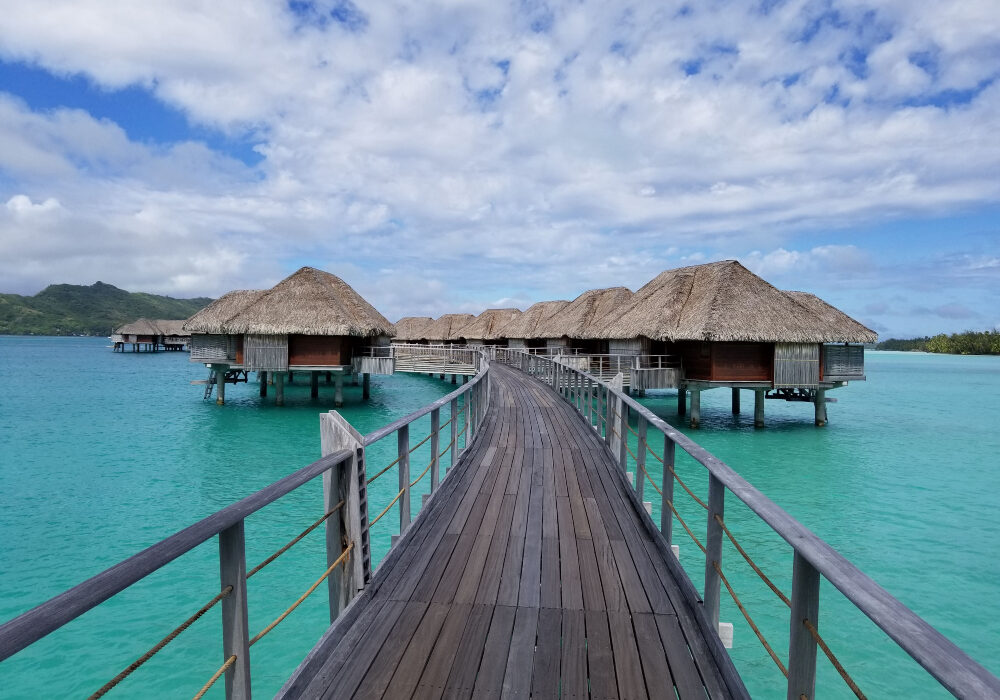Australia & New Zealand
These two countries get a lot of interest from our clients. They are each a destination to discover on their own but sometimes our clients make stops in both countries because they are in such close proximity to each other. It is a long way to go so we understand why people try to do as much as possible with the time they have available. They share similar travel tips which is why we grouped them together but really, if you have the time and money, these destinations are best explored individually and over multiple visits.

AUSTRALIA Overview
Australia is the land of plenty, belonging to a few! Discover Australia’s unique destinations, from the incomparable Red Centre and Kakadu National Park to the iconic beauty of the Great Barrier Reef. Australia is abound by countless treasures that cover a breathtaking diversity of landscapes, from the mountainous Australian Alps to Fraser Island’s sand dunes, rainforest and lakes.
Australia is the sixth largest landmass in the world which explains in some ways the reasons why it is so diverse. There are 6 states and 2 territories, all offering a wide range of attractions and landscapes to entice the visitor. Consider the different terrains – tropical rainforests, red desert, coral reefs, snow-clad mountains, wetlands, winelands, national parks, bushland and so much more. On top of these are a number of cities with plentiful culture to compete with any other destination.
And bear in mind, Australia was once a penal colony – perhaps it was the convicts who gave the Aussies their unique humour! Australia’s nickname is “Oz” which dates back to the early 20th Century.
We have also made this handy Australia Checklist that you can fill out and we will send a copy of your answers. It will give you a better idea of what things you can do in each area. Plus, it will help us plan an amazing vacation experience for you.
New Zealand Overview
The size of New Zealand is comparable with that of Great Britain or Japan. The coastline in its entirety measures 1500 kilometres/900 miles in length, strangely enough, the same distance that separates New Zealand from Australia across the Tasman Sea. 20% of the country is covered in national parks, forests and reserves. An interesting fact is that 80% of the flora here is native.
New Zealand is invigorating, exciting and delightfully refreshing. With awe-inspiring scenery, revel in the culture of this diverse and fascinating land. See spectacular glaciers, picturesque fiords, rugged mountains, vast plains, rolling hillsides, subtropical forests and miles of sandy coastline. Discover how Maori values have an ongoing influence on everyday life with many opportunities to experience the culture first-hand. See geothermal activity up close in Rotorua with sprouting geysers, hot water pools and bubbling mud pools.
New Zealand is a country made up of two major islands, simply called the North and South Islands which are separated by the Cook Strait which is 22 kilometres/14 miles in width at its narrowest point. They contrast in not only terrain and physical features but also in character and attractions.
The North Island is volcanic and thermal. The South Island is two-thirds mountains and one-third plains. The North Island offers lush sub-tropical vegetation, exotic flora and fauna, beaches and attractive small friendly towns.
The South Island has spectacular scenery consisting of sweeping plains, snow-covered mountains and rugged coasts and abounds in natural breath-taking landscapes all to be experienced on New Zealand tours.
We have also made this handy New Zealand Checklist that you can fill out and we will send a copy of your answers. It will give you a better idea of what things you can do in each area. Plus, it will help us plan an amazing vacation experience for you.
Australia Things To Do
Sydney is Australia's largest city and offers multiple exciting things to do. Check out the Sydney Harbor Bridge (we recommend doing a bridge climb!), the Sydney Opera House, Bondi & Manly Beaches, take a harbor cruise, and more. Outside the city, take a tour of the Blue Mountains for some gorgeous scenery or hop over to the Hunter Valley for top notch food and wine.
The Outback has some popular outback excursions like visiting different Aboriginal groups, Ayers Rock (also known as Uluru), and Alice Springs which is at the heart of the "red center" of this country.
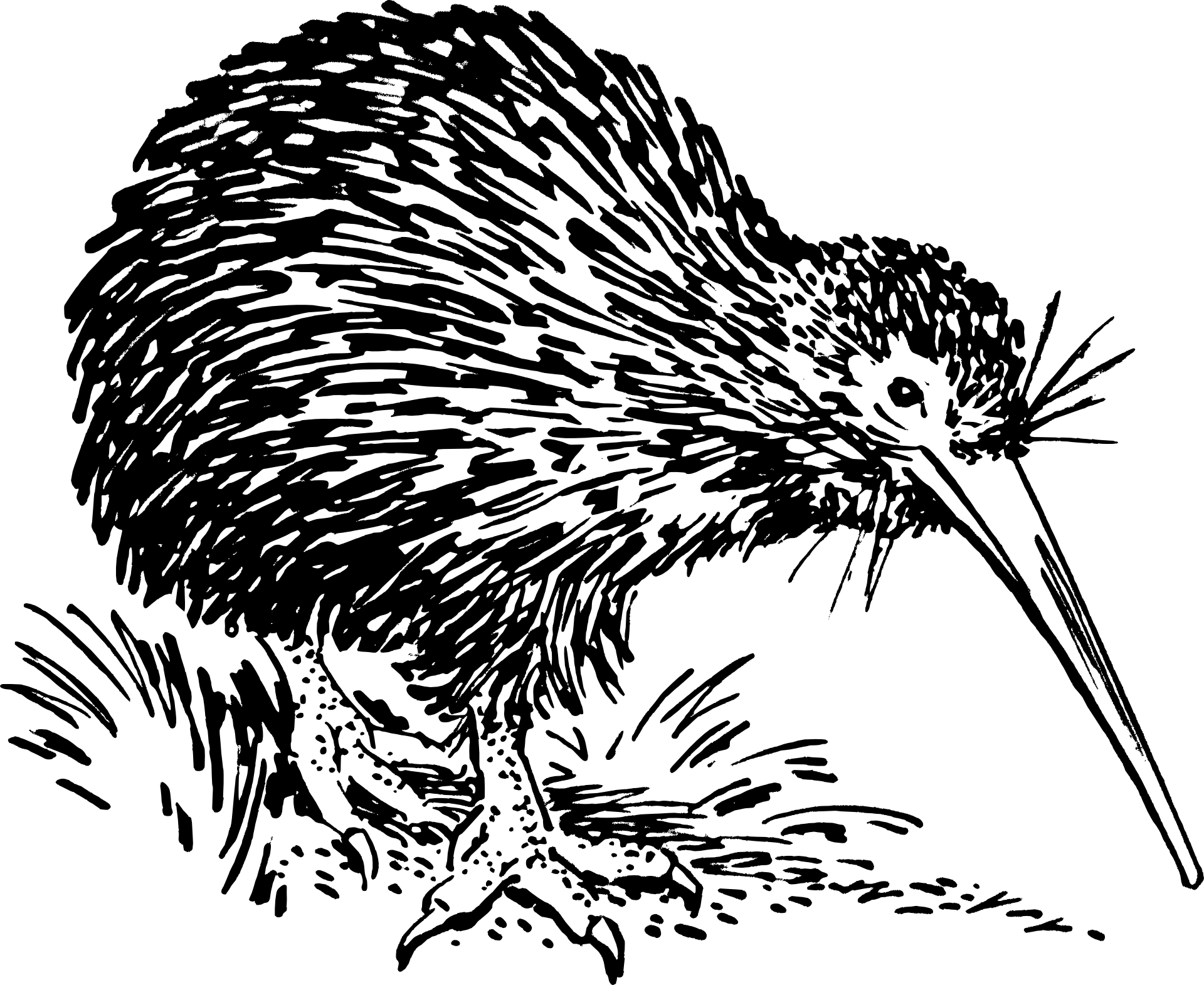
No visit to Australia is complete without visiting the Great Barrier Reef as it is one of the seven natural wonders of the world. This is a diver's and snorkeler's haven. This area is also home to the Whitsundays which is a group of 74 islands. They are perfect for a relaxing, tropical getaway.
In Brisbane, you can explore the city by foot, by river cruise or by a speedy ferry. Why not also try a champagne breakfast balloon flight over the city, do an 4WD adventure, take a historic walking tour, experience a fine food and wine, and more. Animal lovers must not miss cuddling with a Koala here. You can see Australian wildlife up close at Lone Pine or Alma Park Zoo.
Melbourne is a sophisticated metropolis and should be included on all Australia vacations. There is excellent shopping, art galleries, museums, food, fashion and more. Outside of the city, you must visit Phillip Island to watch the Penguin activity at sunset or travel along the scenic Great Ocean Road to see the unique rock formation of the Twelve Apostles.
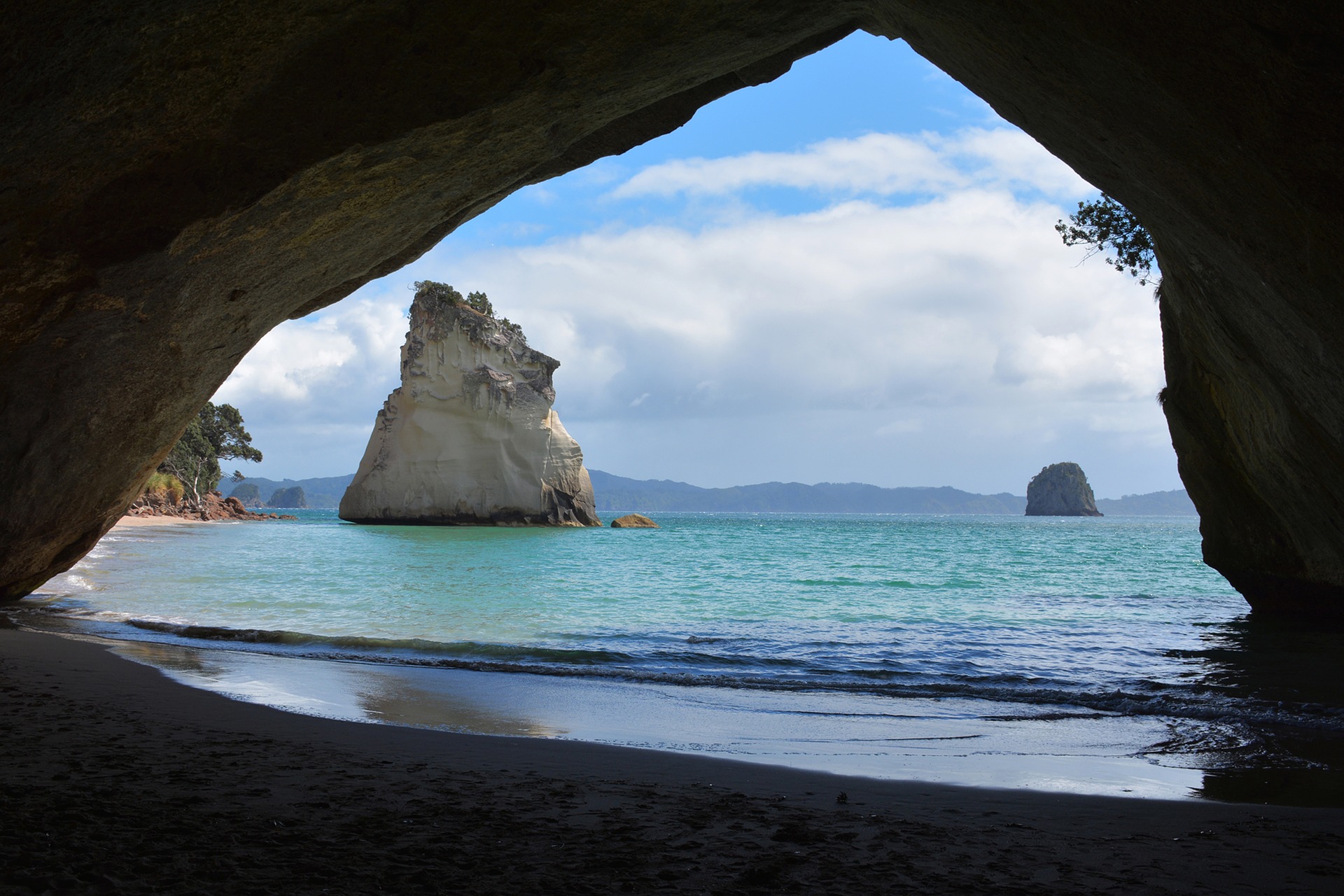
New Zealand Things To Do
Auckland on the North Island offers a spectacular paradise with beaches, coves and islands to explore complimented with a vibrant and cosmopolitan city. Go for a hike, visit the Skytower, take a city harbor cruise, or throw yourself off the iconic Auckland Harbor Bridge bungee style.
In Wellington discover New Zealand’s history, its art and culture at Te Papa Museum, explore boutique stores, taste test at the local wineries and take in the nearby National Parks.
Rotorua offers visitors the opportunity to witness firsthand the hot springs, bubbling mud pools and soaring geyser of this geothermal center. It also offers the unique Maori heritage of this region. Don't miss the Waitomo Glow Worm Caves!
In the east at Hawke’s Bay, you will discover sandy beaches, vineyards, fine artisan food and unique art deco architecture in Napier.
The Coromandel Peninsula features a beautiful, rocky coastline with beaches and the opportunity to dig your own natural spa bath in the sands of Hot Water Beach.
Moving down to the South Island, Christchurch is the main metropolis where you can discover the Avon River, take a city tour, the Botanical Gardens, or take a cable car up to the Port Hills for a panoramic view of the area.
Queenstown is a charming and scenic resort town located on Lake Wakatipu and surrounded by mountains called the Remarkables. There are many sporting and active things to do around here. Some not to miss items are taking a cruise on a restored steamship on Lake Wakatipu or taking the gondola to Bob’s Peak for great views of the region.
Another spectacular sight is Milford Sound, an amazingly dramatic and striking fjord. Take a cruise or helicopter ride to take in the wildlife like seals, dolphins and penguins.
Another option is to take a train journey like the TranzCoastal which travels along the coast between Picton and Christchurch. Another is the TranzAlpine which travels through the mountains between Christchurch and Greymouth.
Language
Australia has no official language; it is largely monolingual with English being the de facto national language. Australian English has a distinctive accent and vocabulary and there is an abundance of slang and colloquialisms.
English is the most common language in New Zealand. However, Maori is also an official language.
Money & Currency
Australia and New Zealand’s official currencies are the Australian dollar (AUD) and New Zealand dollar (NZ$). Major credit cards are widely accepted, but you can obtain local currency through an ATM, airport currency exchange facility, bank or most hotels.
Contact your bank before departure for information on using your ATM and credit cards while abroad. Notify your bank of your travel dates so your cards will not be suspended due to “suspicious” charges. You may want to leave a photocopy of your cards with someone at home.
Travel Documents
American citizens need a passport, valid at least six months after their return for Australia or three months for New Zealand.
A visa is required for Australia, which you can obtain through your Travel Advisor or the ETA website at www.eta.immi.gov.au. Non-U.S. citizens should ask their embassy or consulate what travel documentation is needed. Ask your Travel Advisor about special laws regarding minors traveling without both parents, if applicable.
From October 1, 2019, anyone entering New Zealand now requires a Visa by completing an ETA - Electronic Travel Authority. The ETA’s must be completed online via NZ immigration’s website platform. The only exceptions to this requirement are passengers travelling on a New Zealand or Australian passport, as well as travelers who hold a valid NZ visa. Visit https://nzeta.immigration.govt.nz/ to apply for your New Zealand ETA or ask your Travel Advisor for assistance. In addition, anyone entering New Zealand from October 1, 2019 will need to pay the IVL (International Visitor Levy). The levy cost is NS$35 and can be paid at the same time as the ETA.
Money & Currency
Australia and New Zealand’s official currencies are the Australian dollar (AUD) and New Zealand dollar (NZ$). Major credit cards are widely accepted, but you can obtain local currency through an ATM, airport currency exchange facility, bank or most hotels.
Contact your bank before departure for information on using your ATM and credit cards while abroad. Notify your bank of your travel dates so your cards will not be suspended due to “suspicious” charges. You may want to leave a photocopy of your cards with someone at home.
Best Time To Visit
Australia experiences mild temperatures year-round. The northern states are typically warm tropical, and the southern states are cooler and sometimes snowy. From December to February is Australia’s summer and wet season in the tropical north. The Winter (June to August) is commonly temperate with sunny days in the northern states and snow in the southern mountain regions.
New Zealand’s climate is mainly mild. The far north is subtropical in the summer (November to March) and the far south can get below freezing in the winter (May to August). Nevertheless, most of New Zealand has lots of sun, moderate temperatures and modest rainfall. The average rainfall in New Zealand is between 25 and 60 inches. This provides the country with excellent farming and lush rainforest, but it also means that a rain protection is necessary.

